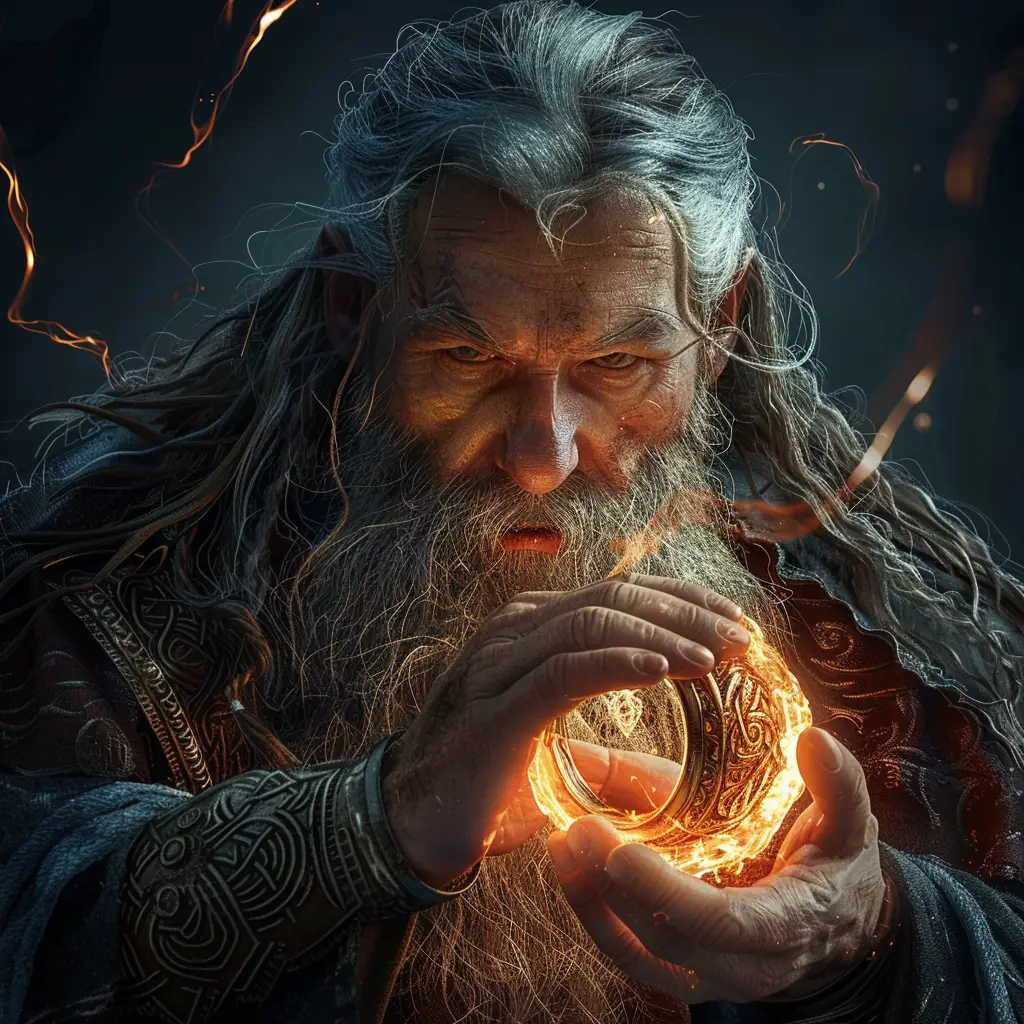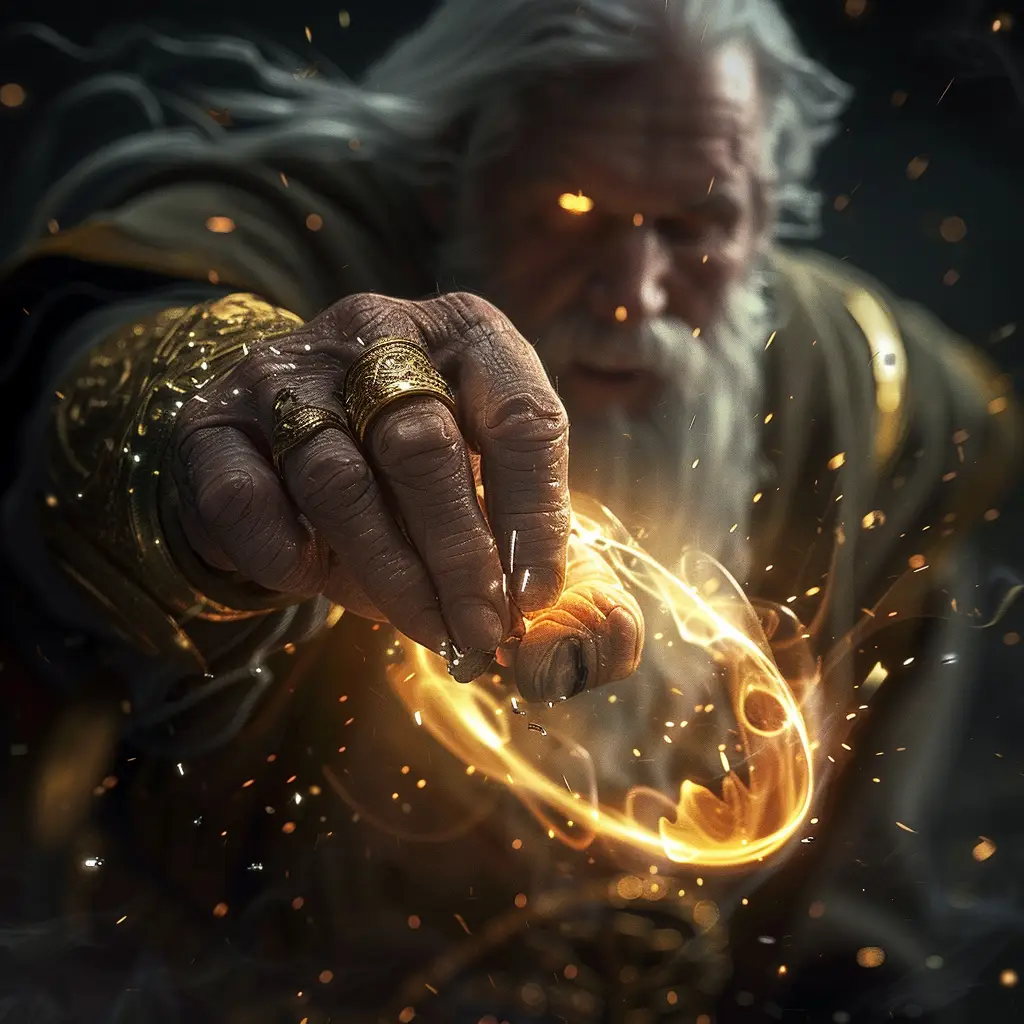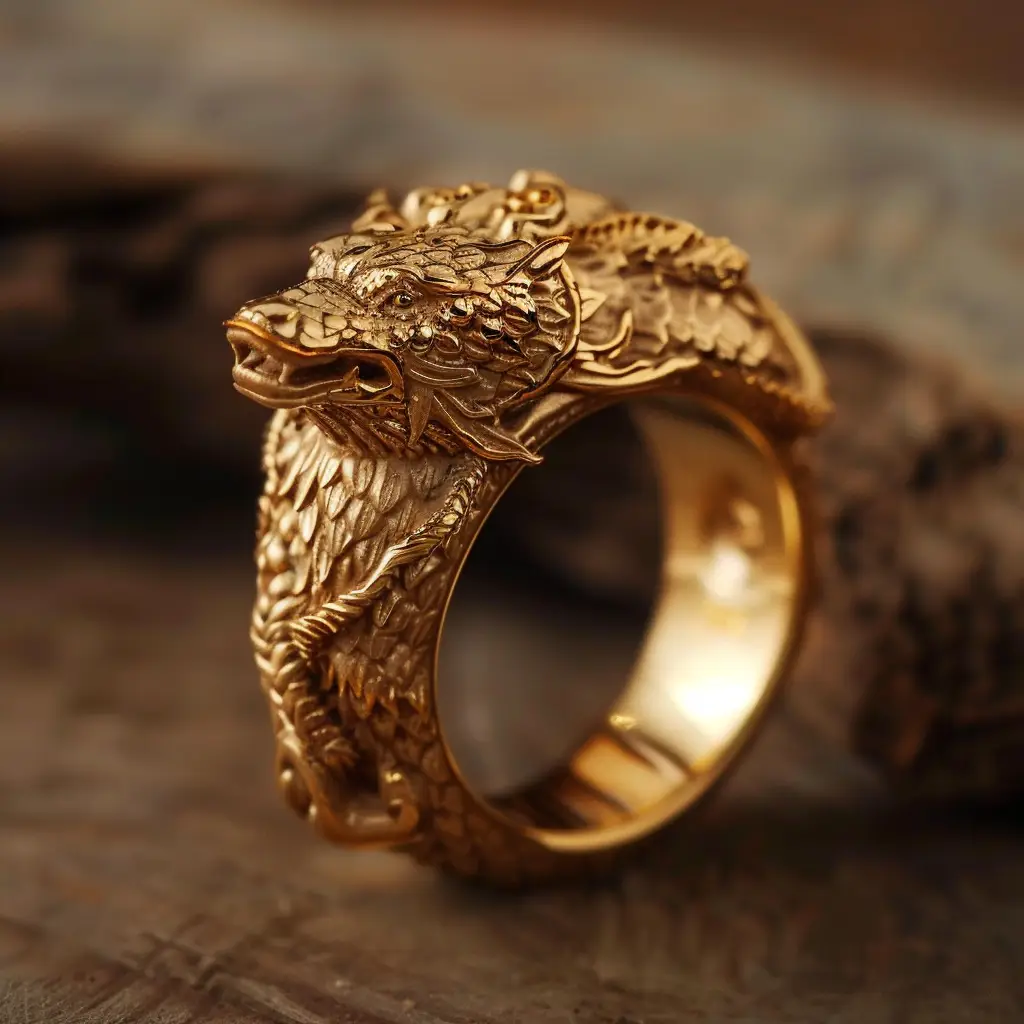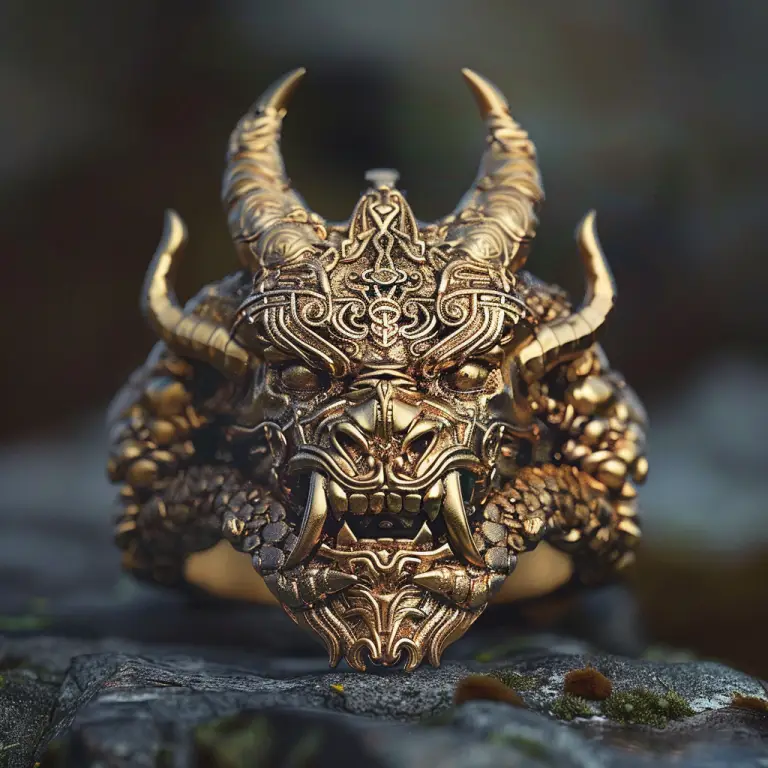Draupnir is a magical gold ring associated with the god Odin. Here are its key characteristics and significance:
Magical Reproduction: Draupnir possesses the remarkable ability to multiply itself. Every ninth night, eight new rings of equal weight and value to Draupnir drop from it. This property symbolizes endless wealth and abundance.
Crafted by Dwarves: Draupnir was forged by the dwarven brothers Brokkr and Sindri (also known as Eitri). It was created as part of a wager with Loki, where the dwarves crafted several magical items to prove their superior skill.
Symbol of Prosperity: As a ring that perpetually creates more wealth, Draupnir is often seen as a symbol of fertility and prosperity. Its endless replication represents the never-ending cycle of wealth and abundance.
Gift to Odin: Draupnir was given to Odin, the chief of the Aesir gods. It is not only a symbol of his wealth and power but also serves as a means to provide riches to others. The ring’s ability to create wealth is reflective of Odin’s role as a god of wisdom and prosperity.
Funeral Pyre of Baldr: Draupnir plays a significant role in the story of Baldr’s death. When Baldr, Odin’s beloved son, is placed on his funeral ship, Odin places Draupnir on the pyre as a token of his love and sorrow. After Baldr’s pyre is set alight and sent to sea, the ring is later retrieved by Hermod, who rides to Hel to plead for Baldr’s release.
Draupnir is an important artifact in Norse mythology, illustrating themes of wealth, the craftsmanship of the dwarves, and the deep familial bonds among the gods.



